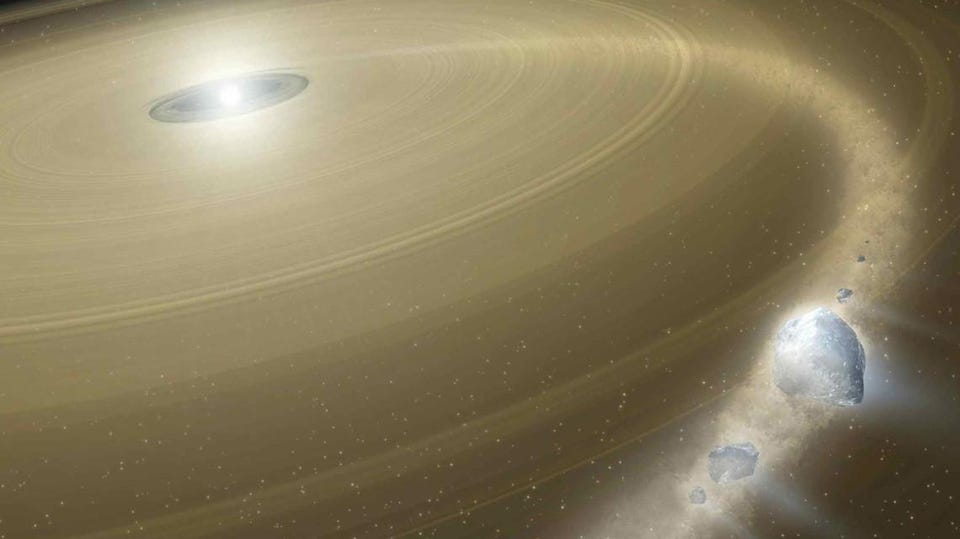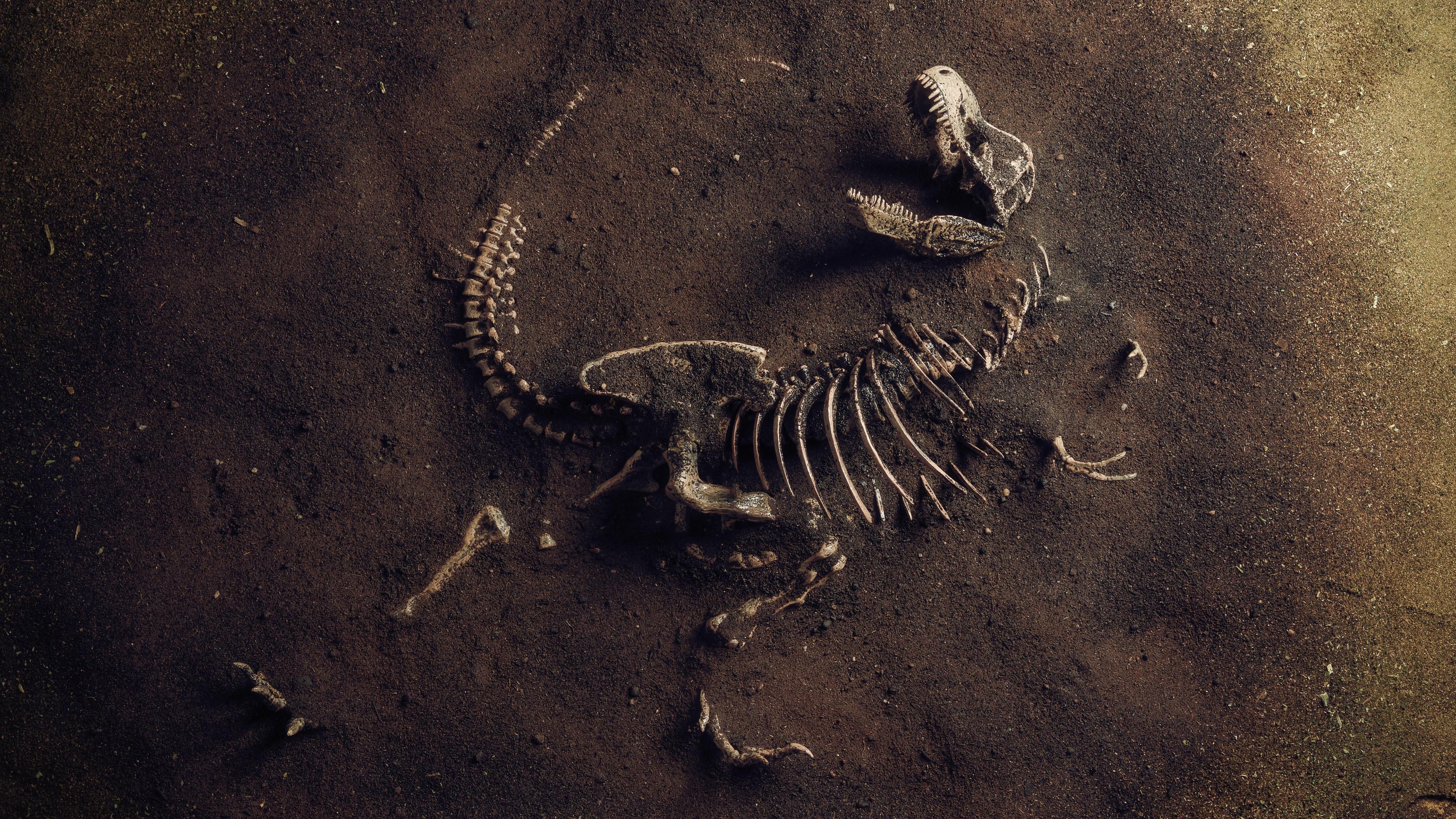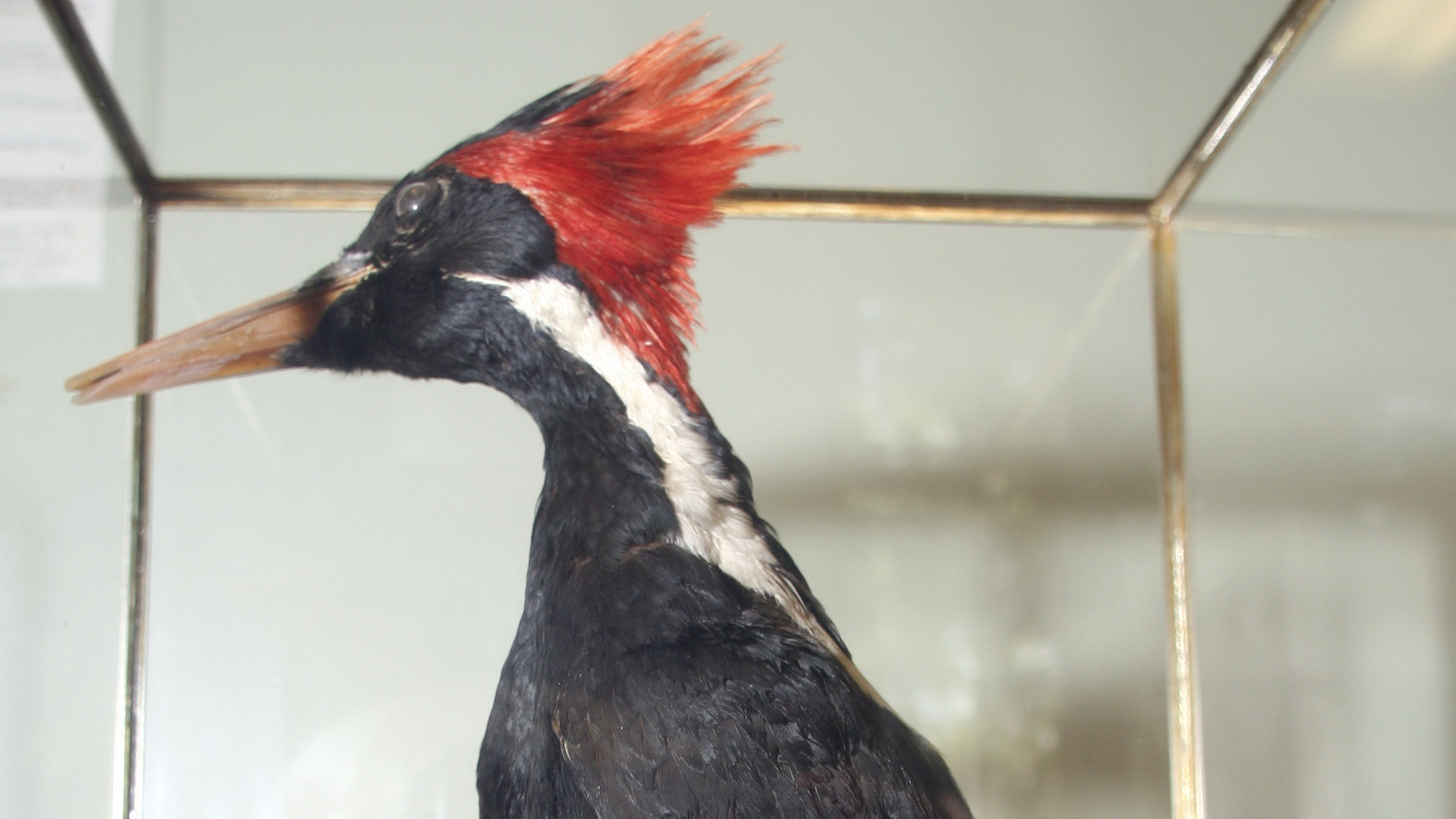We know how much all life on Earth weighs. Here’s why that is important information

- Combined, all life on Earth weighs about 550 billion tons (550 gigatons). By comparison, Mt. Everest alone is about 161 gigatons.
- Despite being relatively tiny compared to the “geosphere” (all the rocks on Earth), the “biosphere” (all life on Earth) dominates the planet.
- Humans, weighing in at a mere 0.06 gigaton, have the biggest impact of all.
Every now and then, someone will drop a factoid on you like, “There’s more mass in the insects of the world then all the rest of life put together,” or, “Microbial life weighs more than everything else on the planet.” These are generally fun bits of info to be repurposed over dinner conversation or at the next cocktail party. (I never get invited to cocktail parties, but I imagine this is the kind of banter that goes down.) There is, however, a wee problem with these kinds of declarations: They’re wrong.
Worse, these mistakes actually matter when we consider what is happening to Earth now as we enter the Anthropocene, the age when human impacts drive the state of the planet. Luckily, a group of scientists published an amazing paper a few years back that gives us a pretty accurate view of how much Earth’s life weighs and how that weight is distributed.
The biomass of Earth
The paper, published in PNAS and conveniently titled, “The biomass distribution on Earth,” was written by Yinon Bar-On of the Weizmann Institute of Science in Israel along with two collaborators. Using a variety of data sets and methods, including some that were very new and sophisticated, Bar-On’s team found that the total weight of all life on Earth was 550 billion tons (550 Gigatons), as measured by its total carbon (water would add more weight).
For reference, Mt. Everest weighs about 161 gigatons. That means if you lumped together all the plants, animals, fungi, microbes, and viruses, it would equal a few Mt. Everests-worth of carbon.
Considering how many mountains there are in the world, these numbers show that the biosphere (that is, all life) doesn’t weigh much compared to stuff in the “geosphere” (that is, things like mountains). But that comparison should make us all the more impressed with the biosphere. Life has basically hijacked the planet, fundamentally changing how Earth evolved over the last 3 billion years as well as how it behaves now.
While the total weight of the biosphere at 550 gigatons is worth some contemplation by itself, Bar-On went further, breaking down the contributions of the various kinds of life on Earth. The numbers represent gigatons of carbon in the different kinds of life.

The most important result is that plants are the overwhelming winner in the “who weighs the most” contest, coming in at 450 gigatons. Microbes (which include bacteria, archaea, and most protists) come in next at around 81 gigatons. Animals (which includes insects, by the way), barely matter, weighing in at a mere 2 gigatons. It’s also worth noting that these plants are mostly on land. That means that the continents beat the oceans in terms of biospheric mass.
Bar-On also provides a deeper dive into the breakdown of animal weights. Arthropods (the stuff with exoskeletons, which include insects), are the winners of the animal kingdom at 1.2 gigatons. Fish weigh in at 0.7 gigaton, and mollusks (which include a wide variety of animals, from snails to squid) weigh 0.2 gigaton.
Tiny humanity, huge impact
The animal numbers really demonstrate humanity’s effect on Earth. Human beings weigh about 0.06 gigaton, which is small. But our livestock weigh almost twice as much, coming in at 0.1 gigaton. What makes that number really startling is that all wild mammals now weigh just 0.007 gigaton, a tiny fraction of the weight of all humans and an even smaller fraction of our livestock.
You can bet that 100,000 years or so ago, there were a lot more wild mammals than humans. Just as important, those mammals were not all cows, sheep, and goats. In fact, it is estimated that before the great megafauna extinction of about 50,000 years ago (driven by humans and their hunting), there may have been 0.2 gigaton of wild land mammals. That means humans have driven a seven-fold drop in wild land mammals. Yikes!
The researchers’ work gives us a fascinating view of just how much life there is on Earth and how its distributed. While their numbers will make for more accurate cocktail party conversation (not that I’ll ever know), its real importance is a deeper understanding of how matter and energy circulate through the living world. In the end, that should help us be better at sustaining that world.





